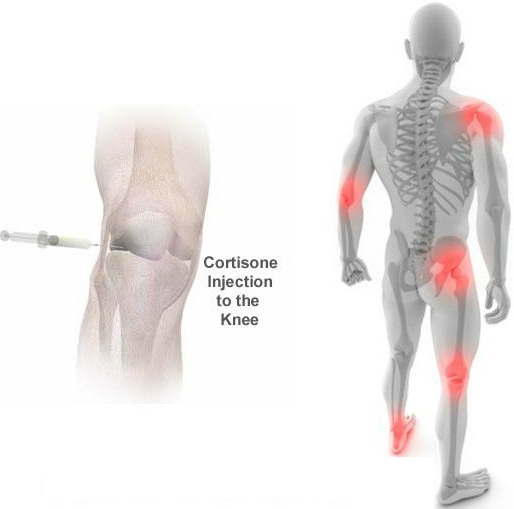


Your physician will choose which method is right for you based on your diagnosis and if you have had any prior spine surgeries. interlaminar (also known as translaminar).Three routes may be used for epidural injections in the lumbosacral spine: Injected medications may include steroids, local anesthetics, and saline, and they can vary in volume and concentration on an individual basis. How do epidural corticosteroid injections work?Įpidural steroid injections work by delivering a potent anti-inflammatory to the site of nerve impingement in the spine. An epidural steroid injection may be an effective nonsurgical treatment in itself or may aid in surgical planning. Patients with several common conditions – including lumbar disc herniation, degenerative disc disease, lumbar radiculopathy, sciatica, lumbar spinal stenosis, postherpetic neuralgia and facet/synovial cysts – may benefit from an epidural injection. Who can benefit from an epidural steroid injection? Corticosteroids are strong anti-inflammatory medications and, when placed into the epidural space, can significantly reduce inflammation around an irritated nerve that is causing back and leg pain and discomfort. What are epidural corticosteroid injections used for?Įpidural steroid injections are commonly used to treat back pain caused by a herniated disc (slipped disc), lumbar radiculopathy, spinal stenosis or sciatica. This is the space into which disc tissue can herniate and cause pressure and inflammation around spinal nerves. The epidural space is between the bones and discs of the spine, and the nerves and spinal cord. Will I have to lie on my stomach for long?Įpidural corticosteroid injections place medication directly around a pinched nerve as it exits the spine within the epidural space.


 0 kommentar(er)
0 kommentar(er)
